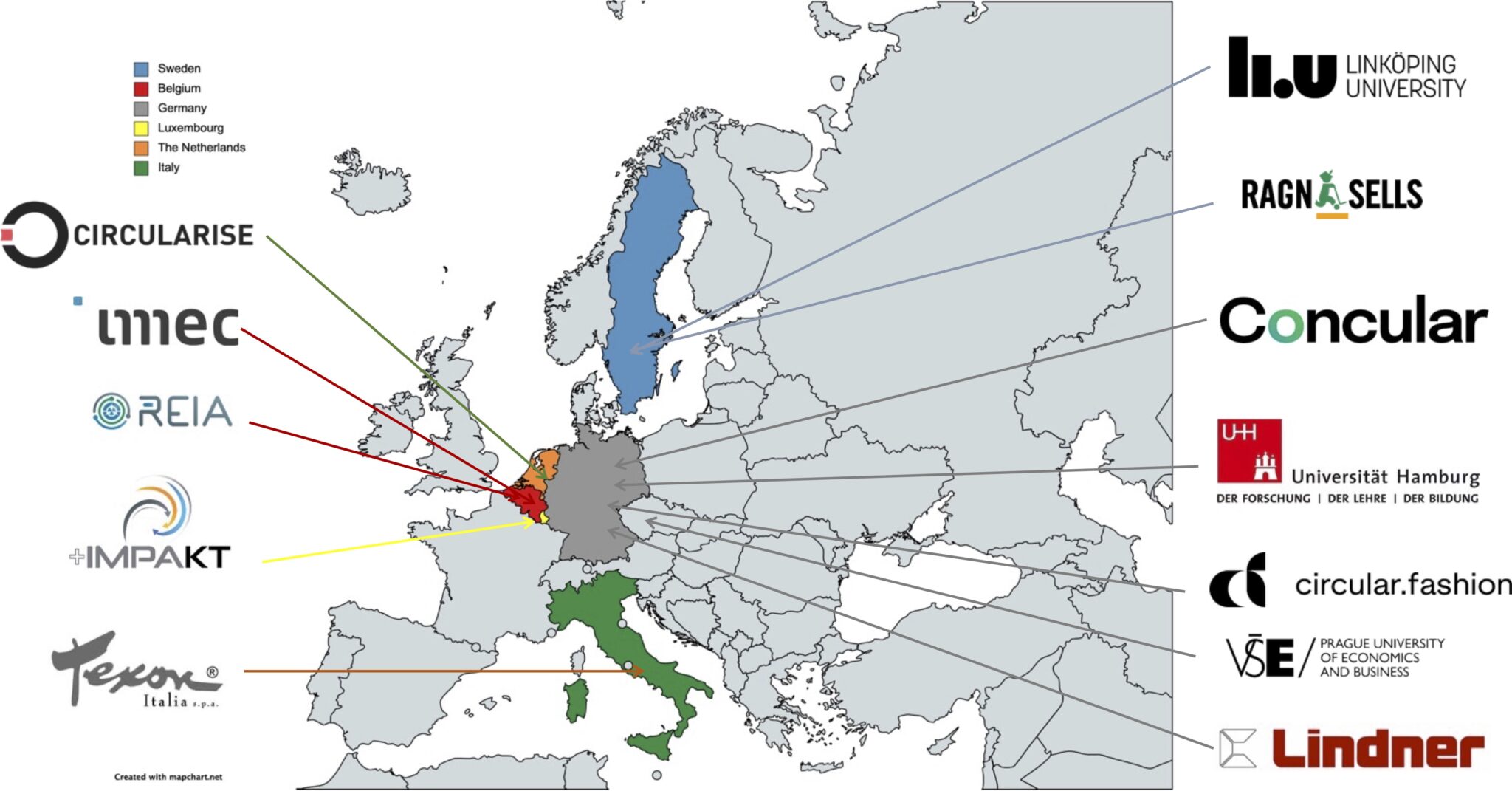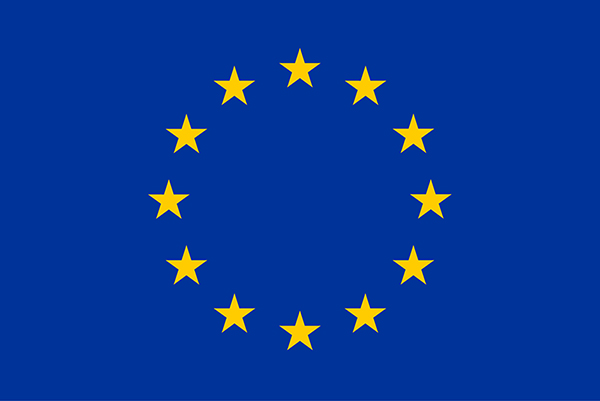Three interconnected parts
A circular economy is made up of coordinated resource, value and information flows–powered by energy flows. But making these flows work together—seamlessly and at scale—proves challenging. At the moment, it’s hard to navigate the forces that shape circular value chains. What’s more: data is trapped in different formats, terms mean different things across firms and formats don’t match. Without shared definitions, humans and machines read the same data differently and security, privacy, and confidentiality concerns mean that partnerships stall and value leaks.
In Onto-DESIDE we worked to create three connected solutions: the Multi-Flow Method to map and interrogate the relevant flows end-to-end; the Circular Economy Ontology Network to align meaning so data is understandable and reusable; and the Open Circularity Platform to enable decentralised, secure, privacy-preserving collaboration. Together, they remove barriers and make circular value chains practical at scale. Use-case partners from the textile, electronics and built environment provided us with industry insights and feedback, so that the solutions solve real business problems—across all re-strategies: reuse, repair, remanufacturing, recycling, etc.

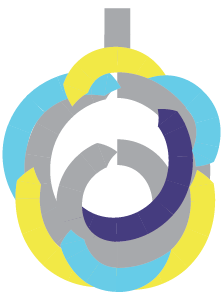
The Multi-Flow Method (MFM)
Operating in a circular economy entails more than just redirecting physical resources flows. Value-, information- and energy-flows are also involved. But considering all these flows together and forging them into a well-functioning whole is a complex task. What forces currently shape them – and what scope exists for change? Answering these questions goes beyond listing barriers and enablers and towards understanding why these exist in the first place.
Within Onto-DESIDE, and in collaboration with Circularity Thinking, we have created a strategic tool for diagnosing complex value chains, based on systems thinking. We call it the Multi-Flow Method because it maps resource, value, information, and—when relevant—energy flows in one view to reveal structural waste, misaligned incentives, and the root causes of systemic barriers. Using generative tensions, it translates findings into concrete ecosystem requirements—the mechanisms needed to run circular value chains securely aligned with sustainability and regenerative objectives. Applicable to both operating and exploratory chains, the method delivers clear insights for individual actors and the collective system, supporting decisions that are effective at creating transformation—and it helps to get ready for thinking about the data infrastructure that should be in place to enable collaboration.
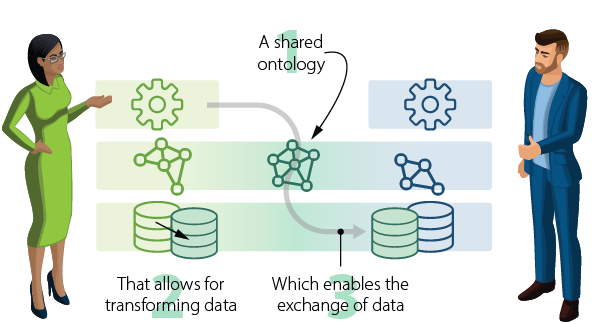
Circular Economy Ontology Network (CEON)
A circular economy needs collaboration and better information to choose the next re-strategy (repair, reuse, remanufacture, recycle). But companies must also protect sensitive data—prices, exact compositions, IP. That tension creates a paradox that stalls circular strategies. And even when data is shared, it’s slow and costly: datasets describe different things, terminology isn’t aligned, and managing permissions is cumbersome.
Onto-DESIDE’s Circular Economy Ontology Network (CEON) provides a solution by aligning meaning across partners with an open, modular vocabulary for products, materials, processes, actors, claims, and KPIs. It maps to existing standards, makes definitions machine-readable, and turns data policies into enforceable rules. CEON supports decentralised, privacy-preserving sharing—so firms keep sensitive data local while exposing only what’s needed, with clear provenance and permissions. Sector profiles and validation shapes speed onboarding, automate hand-offs, and reduce errors. CEON sits behind the scenes as the semantic backbone—quietly making circular data interoperable, trustworthy, and scalable. CEON is open-access and has a dedicated W3C community for its continued development and maintenance.
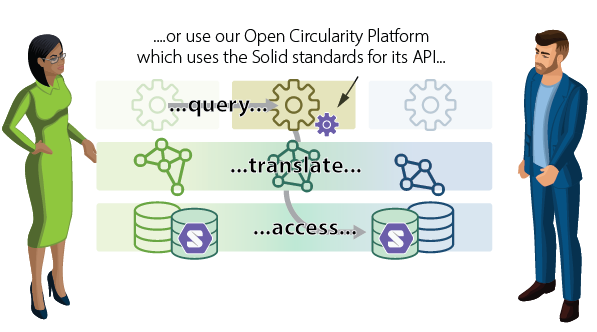
Open Circularity Platform (OCP)
The Open Circularity Platform (OCP) is a working example application built on CEON—a proof of concept that shows how circular collaboration can run in practice. It demonstrates decentralised, privacy-preserving data sharing: partners keep data where it is, expose only what’s needed, and control access with fine-grained, auditable policies. By operationalising CEON’s shared semantics, the OCP automates hand-offs and common cross-company processes (e.g., take-back, repair, remanufacture, recycled-content claims) via workflows, verifiable credentials, and API connectors to existing systems.
Think of it as a reference implementation and starter kit. The code, patterns, and interfaces are available to adapt, extend, and build upon—so new apps and services can be created faster with less risk. Where CEON is the backstage semantic backbone, the OCP is a practical front-stage app that proves what’s possible and invites others to build more.
Project Partners
